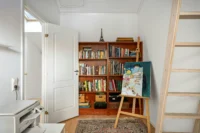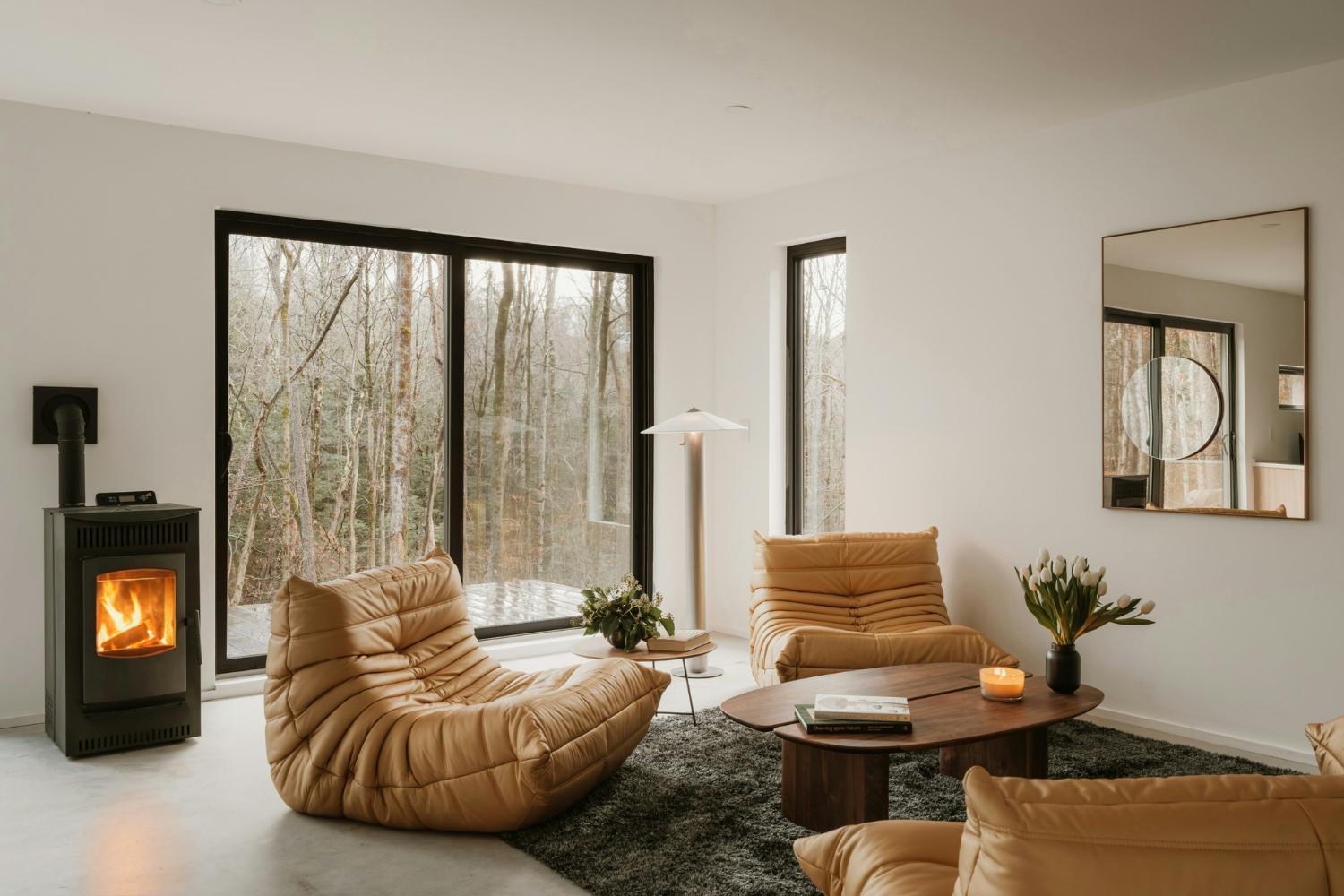- Home
- Articles
- Architectural Portfolio
- Architectral Presentation
- Inspirational Stories
- Architecture News
- Visualization
- BIM Industry
- Facade Design
- Parametric Design
- Career
- Landscape Architecture
- Construction
- Artificial Intelligence
- Sketching
- Design Softwares
- Diagrams
- Writing
- Architectural Tips
- Sustainability
- Courses
- Concept
- Technology
- History & Heritage
- Future of Architecture
- Guides & How-To
- Art & Culture
- Projects
- Interior Design
- Competitions
- Jobs
- Store
- Tools
- More
- Home
- Articles
- Architectural Portfolio
- Architectral Presentation
- Inspirational Stories
- Architecture News
- Visualization
- BIM Industry
- Facade Design
- Parametric Design
- Career
- Landscape Architecture
- Construction
- Artificial Intelligence
- Sketching
- Design Softwares
- Diagrams
- Writing
- Architectural Tips
- Sustainability
- Courses
- Concept
- Technology
- History & Heritage
- Future of Architecture
- Guides & How-To
- Art & Culture
- Projects
- Interior Design
- Competitions
- Jobs
- Store
- Tools
- More
Embracing Open Plan Living: Design Tips for a Spacious and Connected Home
Discover the transformative impact of open plan living on home design in our latest article. Explore how merging spaces enhances connection, light, and spaciousness, while maximizing utility with multifunctional furniture. We address key challenges like noise and privacy, offering practical design tips to create inviting and efficient environments.

Open plan living has transformed the way we experience our homes, blending spaces for relaxation, cooking, and entertaining. This design trend emphasizes fluidity and connection, allowing us to interact seamlessly with family and friends. It’s not just about aesthetics; it’s about creating a lifestyle that fosters togetherness.
As we embrace this modern approach, we discover the benefits of increased natural light and a sense of spaciousness. Open plan layouts can make even the coziest of homes feel expansive and inviting. Whether we’re downsizing or simply seeking a fresh perspective, understanding the principles of open plan living can help us craft spaces that reflect our values and enhance our daily lives.

Table of Contents
ToggleOverview Of Open Plan Living
Open plan living merges various areas of the home, creating a unified space for cooking, relaxing, and entertaining. This design encourages interaction among family and friends, establishing a warm atmosphere.

Increased natural light floods open layouts, enhancing their spaciousness. Exposure to sunlight positively influences mood and well-being. Consequently, our homes become more inviting and comfortable.
Flexibility characterizes open plan living, allowing easy reconfiguration for different activities. We can adapt the space for social gatherings, family meals, or quiet moments alone. This adaptability supports our diverse lifestyles and preferences.
Open plan designs often incorporate multifunctional furniture, maximizing utility while minimizing clutter. For instance, using a kitchen island as a dining area promotes efficiency.
Embracing open plan living aligns our daily lives with modern design principles, fostering connection and enhancing the overall home experience.
Benefits Of Open Plan Living
Open plan living offers numerous advantages that enhance our home experience. From maximizing space to fostering social connections, these designs promote a modern and inviting atmosphere.

Space Maximization
Space maximization stands as a key benefit of open plan living. By eliminating unnecessary walls, we create a seamless flow between areas. This design approach enhances functionality, making our homes appear larger and more open. Studies indicate that open plans can increase the perception of space by up to 30% compared to traditional layouts. Furthermore, integrating multifunctional furniture—like sofas that double as storage—helps reduce clutter. This versatility allows us to customize spaces for different activities, ensuring efficiency and adaptability in our daily lives.
Enhanced Social Interaction
Enhanced social interaction thrives in open plan environments. The lack of barriers fosters communication and connection among family members and guests. An open layout encourages us to engage with each other while cooking, dining, or relaxing. Research shows that homes with open spaces see a 20% increase in family interaction compared to segmented designs. Additionally, these spaces facilitate hosting gatherings, allowing us to connect with friends and family in a warm, inviting atmosphere. The vibrant energy of an open space enhances our social experiences, making them more enjoyable and memorable.
Challenges Of Open Plan Living
Open plan living offers unique benefits, but it also presents specific challenges that can affect daily life. Two significant issues include noise management and privacy concerns.

Noise Management
Noise can easily travel across open spaces, creating distractions and disrupting daily activities. For instance, sounds from cooking can interfere with conversations in the living area. To mitigate noise, we can incorporate sound-absorbing materials, such as carpets or curtains. Additionally, strategically placing indoor plants aids in sound dampening, helping create a quieter atmosphere. Utilizing multifunctional furniture designed with built-in soundproofing features also enhances noise control in open layouts.
Privacy Concerns
The lack of physical barriers in open plan spaces can lead to privacy challenges. Daily routines may be easily observed, limiting personal space. Family members may feel exposed while engaging in activities like relaxation, work, or leisure. To address these concerns, we can create designated zones using room dividers, bookshelves, or screens to establish boundaries. Moreover, incorporating design elements like strategic lighting or varying furniture heights can foster a sense of privacy while maintaining the open feel of the space.
Design Tips For Open Plan Living
Open plan living requires thoughtful design to maximize its benefits. We can create a harmonious and functional environment by focusing on furniture arrangement and zone creation.

Furniture Arrangement
Arranging furniture effectively enhances flow and interaction. We should place larger items, like sofas and dining tables, to define spaces while allowing for easy movement. Consider these tips:
- Position sofas away from walls: This invites conversation and promotes a cozy atmosphere.
- Cluster seating together: Group chairs and tables to foster interaction.
- Select multifunctional pieces: Use ottomans or coffee tables with storage to minimize clutter.
- Create pathways: Ensure clear routes between zones, ideally leaving at least 24 inches of space for comfortable movement.
Zone Creation
Creating distinct zones within an open plan fosters functionality while maintaining openness. We can achieve this with the following methods:
- Use rugs: Position area rugs under furniture to delineate spaces like living rooms or dining areas.
- Incorporate room dividers: Use bookshelves or decorative screens to define zones without sacrificing light.
- Utilize lighting: Employ different lighting fixtures to highlight specific areas, like pendant lights over dining tables or floor lamps in seating areas.
- Plant placement: Use potted plants as natural dividers, adding green elements while providing subtle boundaries.
By focusing on these design elements, we can create an inviting open plan that enhances comfort and promotes social interaction.
Conclusion
Open plan living significantly transforms our home environments, merging functionality with a sense of community. It promotes interaction and connection, essential for fostering relationships among family and friends. Maximizing natural light creates inviting spaces that enhance our mood and well-being.
Incorporating multifunctional furniture not only helps reduce clutter but also caters to various lifestyles, making it easier for us to adapt our spaces. The design flexibility allows for seamless transitions between activities, supporting our dynamic daily routines.
Despite the challenges, such as noise and privacy concerns, strategic solutions provide balance. Using sound-absorbing materials and room dividers helps maintain an open yet intimate atmosphere.
By focusing on effective furniture arrangements and distinct zone creations, we can elevate open plan living. These design elements encourage social engagement while enhancing the overall comfort of our homes. Open plan living, therefore, serves as a practical approach to modern home design, enriching our experiences and promoting a lifestyle centered around connection and comfort.
- connected home layout
- connected home technology
- creative open floor plan designs
- designing open plan homes
- home layout for open living
- interior design open floor plan
- maximizing space in open plan homes
- modern open plan living
- open concept home ideas
- open plan living ideas
- open plan living room design
- space-saving home design tips
- spacious home design
- spacious interior design
I create and manage digital content for architecture-focused platforms, specializing in blog writing, short-form video editing, visual content production, and social media coordination. With a strong background in project and team management, I bring structure and creativity to every stage of content production. My skills in marketing, visual design, and strategic planning enable me to deliver impactful, brand-aligned results.
2 Comments
Submit your architectural projects
Follow these steps for submission your project. Submission FormLatest Posts
BXB Studio’s Hybrid Interior: Redefining the Modern Architectural Workplace
The Warsaw headquarters of BXB Studio was established in a modest 70...
5 Must-Know Interior Design Trends in American Homes
From warm minimalism to bold oversized artwork, these five interior design trends...
How Open Kitchens Create a Sense of Space Indoors (Without Sacrificing Function)
Open kitchens: see how sightlines, lighting, and smart layouts make rooms feel...
The Revival of Chunky Fiber Crafts in Modern Interior Design
Contemporary interior architecture has shifted away from hard minimalism. After a decade...












Good post! We will be linking to this particularly great post on our site. Keep up the great writing
Nice post. I learn something totally new and challenging on websites